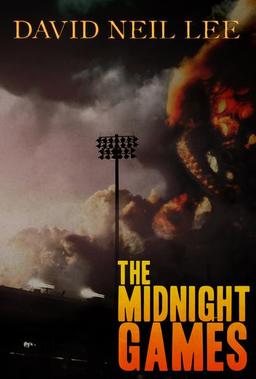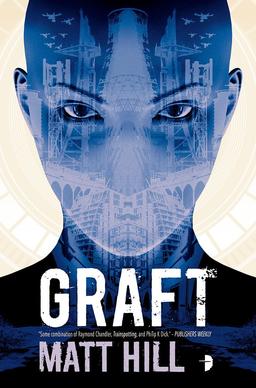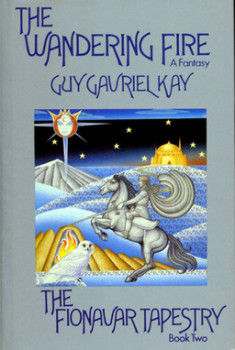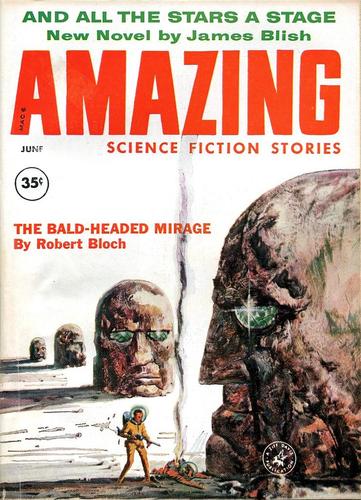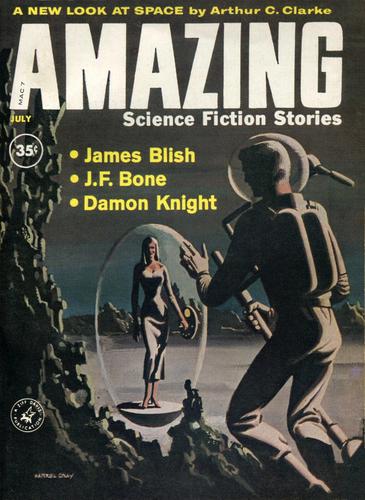Vintage Treasures: The Science Fiction Book Club Original Anthologies
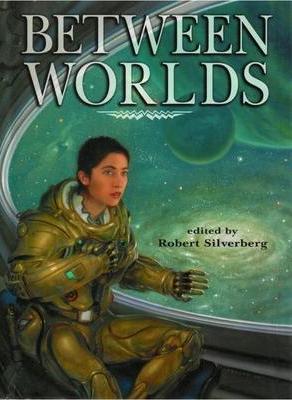 |
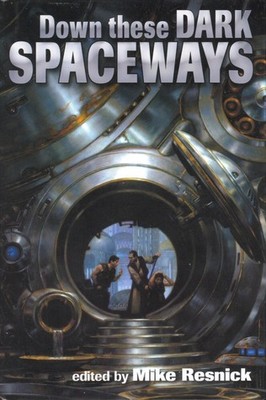 |
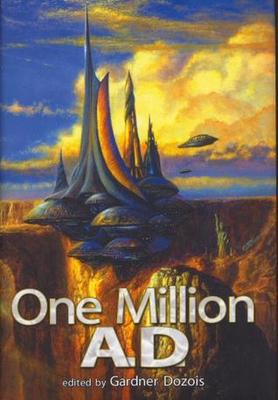 |
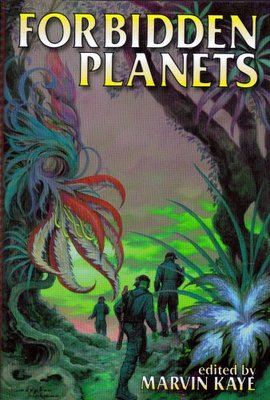 |
Last month I had a look back at one of my favorite Best of the Year series, Jonathan Strahan’s Best Short Novels, a delightful four-volume set collecting the best novellas of 2004-07 and published exclusively through the Science Fiction Book Club. SFBC did many exclusives, but that was the one that got me to excitedly rejoin the club for the first time in over a decade.
It was a great time to be a member. In addition to the Strahan volumes, Andrew Wheeler at SFBC also commissioned some of the top editors in the field, including Gardner Dozois, Mike Resnick, Marvin Kaye and Strahan, to produce eight original themed anthologies, each containing 6-7 new novellas by writers like Robert Silverberg, Peter F. Hamilton, Robert Reed, Nancy Kress, Greg Egan, Jack McDevitt, Alan Dean Foster, Julie E. Czerneda, Charles Stross, Stephen Baxter, Cory Doctorow, Walter Jon Williams, and many others. Each anthology was offered exclusively through the club, which means many fans never even knew they existed.
Each anthology was themed, like Gardner’s collection of far-future tales One Million A.D. Marvin Kaye’s Forbidden Planets looked at visits to strange and hostile worlds, Mike Resnick’s Down these Dark Spaceways and Alien Crimes contained science fiction mysteries, and Strahan’s Godlike Machines gathered tales of future eras where machines ruled. They were a lot of fun, and I snapped each one up as it arrived.
